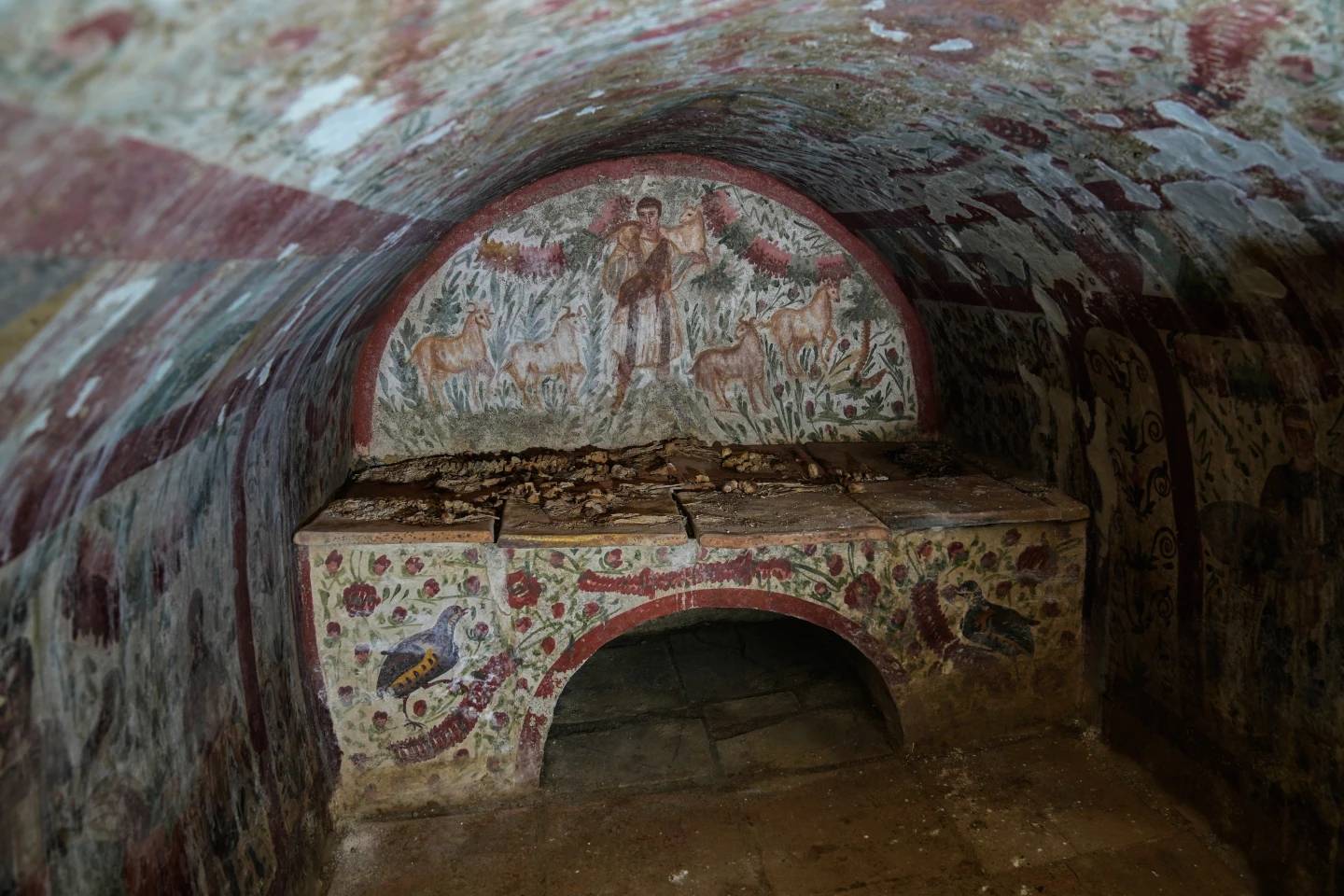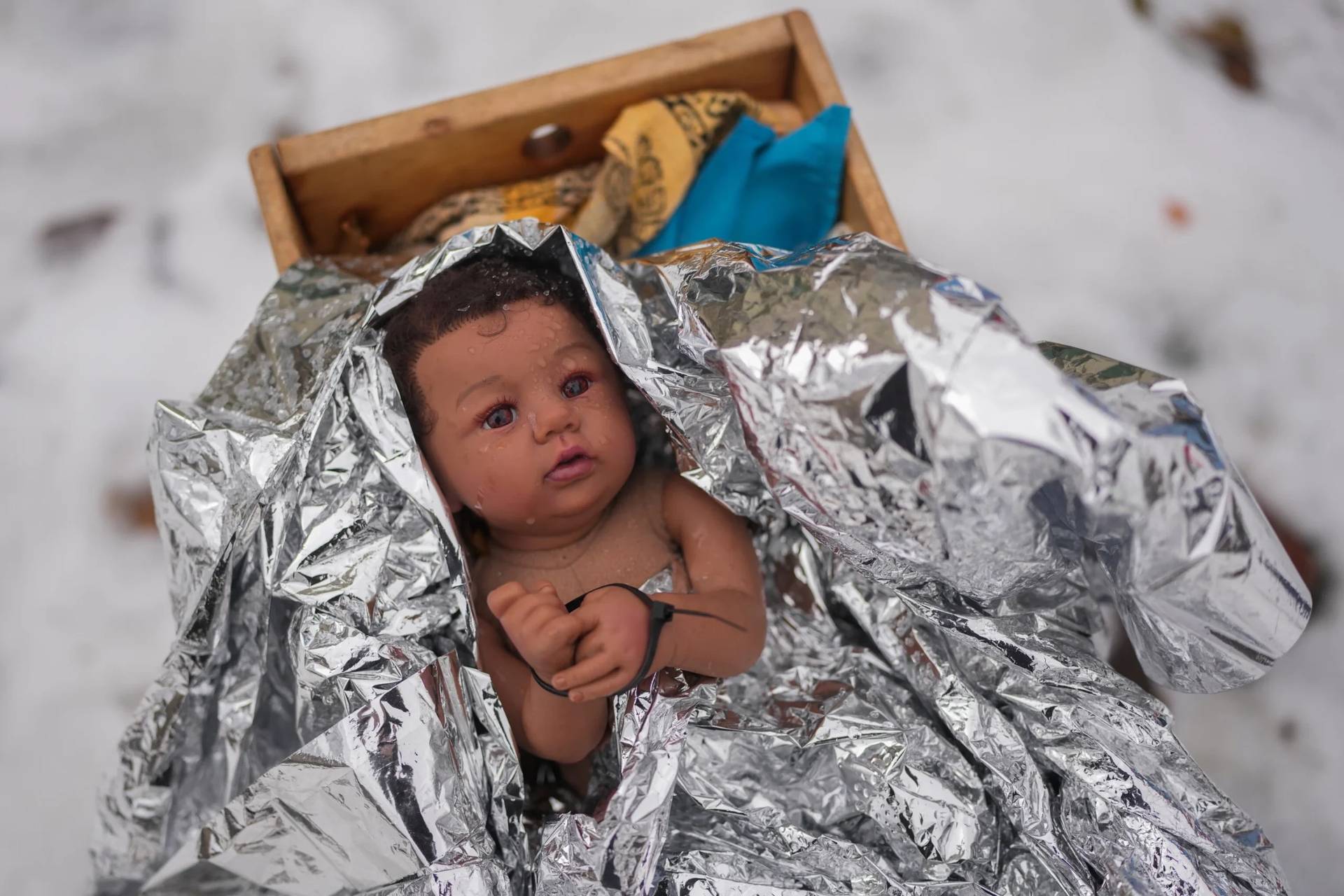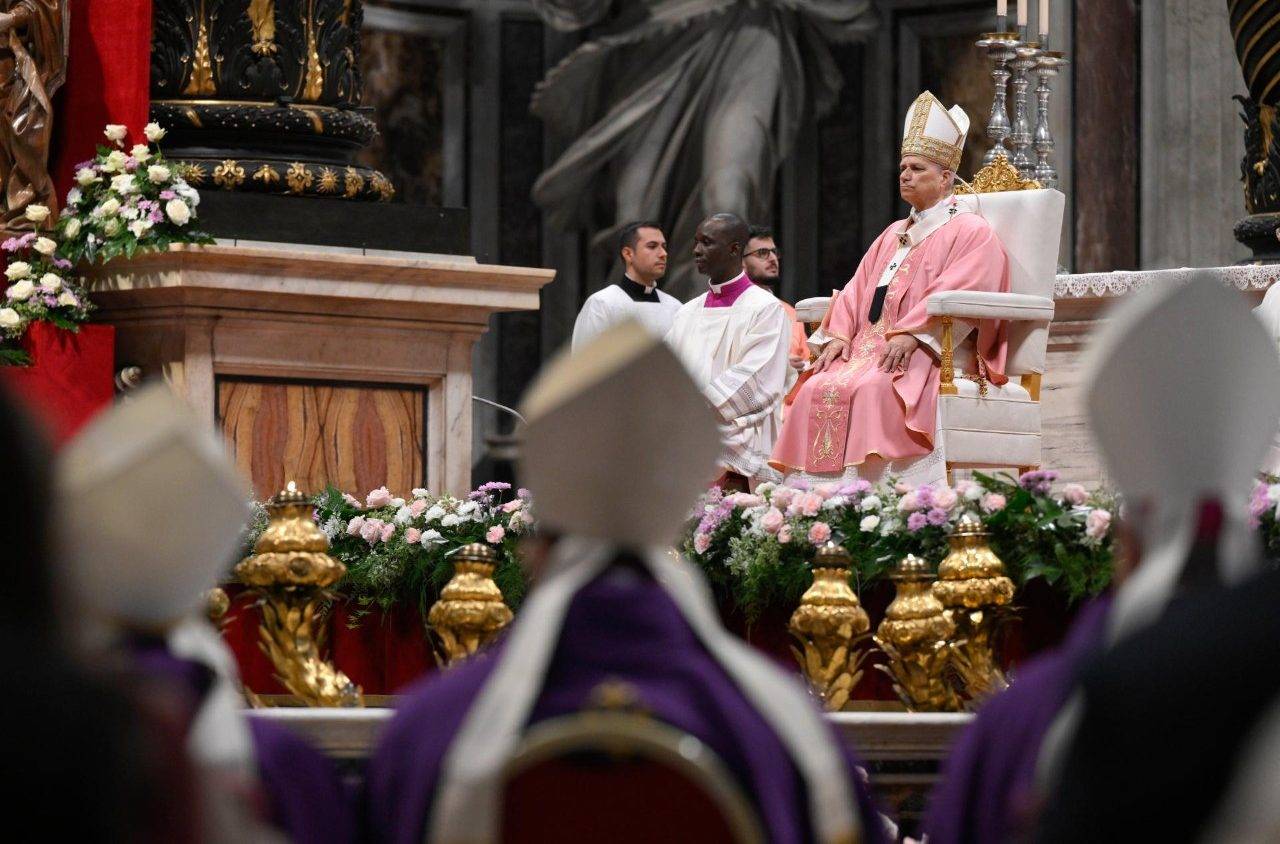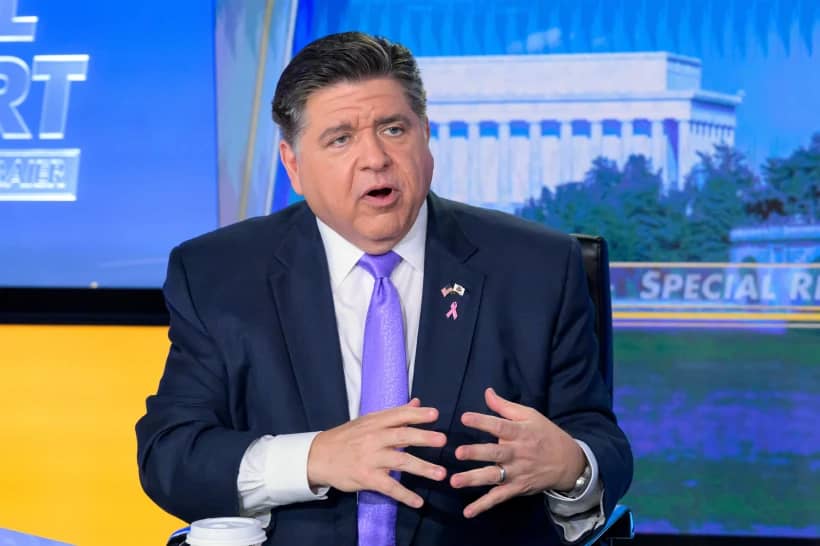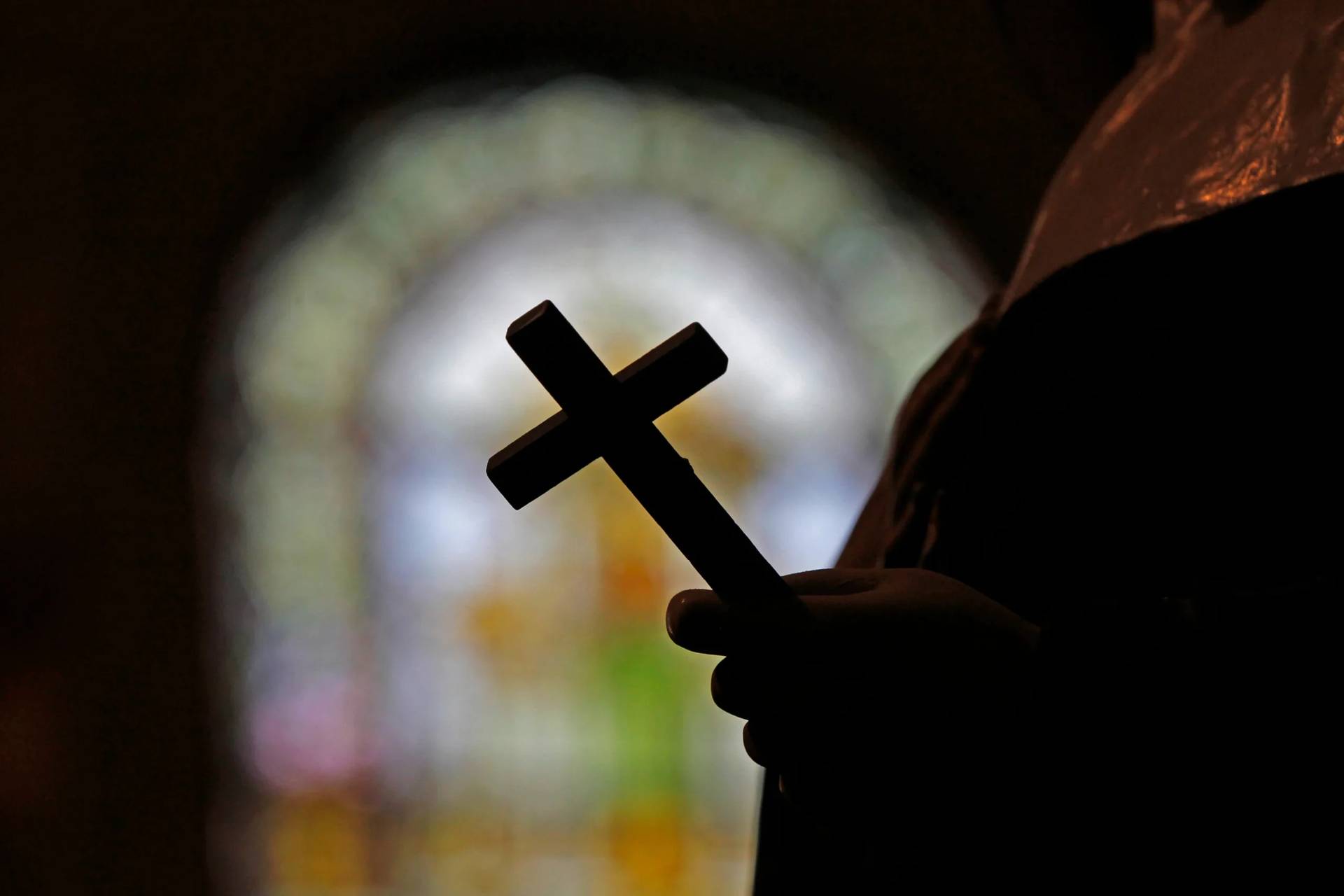WASHINGTON, D.C. — Each year the U.S. Catholic Church unveils its annual report on what it’s doing to prevent abuse of minors by clergy and other church workers.
What it also should tell church members is what’s being done, particularly by bishops, to help those suffering after the abuse, said a priest who works with survivors and perpetrators.
“We hear how much we’re paying victims, all these training programs” to prevent abuse, said Jesuit Father Jerry McGlone, himself a survivor of abuse by a priest, “but where is the initial and ongoing accompaniment of survivors? That, to me, is a real missing piece.”
In the two decades since the U.S. Conference of Catholic Bishops adopted the “Charter for the Protection of Children and Young People,” “there were some really good advances that the charter promulgated: a sense of setting up a system that was not there, setting up policies that needed to be followed … having victim assistance coordinators, having safe environment training,” McGlone said in a June 9 interview with Catholic News Service.
The USCCB says on its website that the most important information in the annual report includes:
— “Findings regarding diocesan/eparchial compliance with the charter and recommendations from the auditor on how charter implementation can be improved.”
— “A progress report from the Secretariat of Child and Youth Protection on its activities.”
— “And data regarding allegations, safe environment programs, background checks, financial costs related to allegations and child protection efforts in dioceses/eparchies.”
“But you know, with that we lack the data to find out how effective this has been,” said McGlone, a psychologist and researcher at the Berkley Center for Religion, Peace and World Affairs at Washington’s Georgetown University.
Audits that the church now presents about what it is doing administratively, in terms of training, handling of abuse reports and following best practices, also should include, he said, what church leaders are doing pastorally — and long term — to be there for survivors of abuse and their families and with parish communities where abuse has occurred — and what they’re doing to apologize to all.
McGlone, who said he “walks” with survivors as well as perpetrators, told CNS he has sometimes asked offenders “when are you willing to simply apologize to your victim survivor?”
So, too, should the church, as an offending institution, “take accountability and be transparent” for the abuse under its watch, he said, and for failures that continued even after bishops were “forced” to adopt the charter following press reports.
While the charter aimed to prevent allegations of abuse of minors by clergy from falling through the cracks, it did not fully address how bishops could be held accountable for improperly handling reports, including any involvement in covering them up, nor did the charter take into account allegations against bishops who committed the same or similar crimes.
This flaw became apparent after a cascade of sex abuse allegations, of minors and young men, came forward against former cardinal Theodore E. McCarrick, of Washington, starting in 2018.
McCarrick is now laicized and facing three counts of sexually assaulting a teenager in Massachusetts in the 1970s. Many questions have since arisen and remain unanswered about who knew of the allegations and failed to do something about them.
In 2019, Pope Francis, who has consistently acted to reduce abuse, issued his “motu proprio” titled “Vos Estis Lux Mundi” (“You are the light of the world”), which revised and clarified norms and procedures for holding bishops and religious superiors accountable for protecting abusers worldwide.
In addition, a reporting system for accepting sexual misconduct allegations against U.S. bishops and eparchs was established in 2020. The Catholic Bishops Abuse Reporting System incorporates a website and a toll-free telephone number through which individuals can file reports regarding a bishop.
Years before McCarrick’s larger-than-life profile brought to light abuse perpetrated by a prelate, Bishop Anthony J. O’Connell of Palm Beach, Florida, resigned in 2002 over allegations of the type of abuse Father McGlone suffered when he was teenager: the Florida prelate, who died in 2012, faced accusations that he had in the past, as a priest, groped former seminarians.
McGlone speaks of a Catholic writer who suggested that as a sign of penance for the “sins of the pastors,” all the bishops in the United States should refuse to wear their miter “and put it down in front of the altars and kneel before every public event in lamentation.”
“In this 20th commemoration of the charter, wouldn’t it be nice if every bishop took off their miter, held it for the entire service in front of the altar, in ashes, in lamentation?” said McGlone.
“Where’s a church of lamentation recognizing the sin, being resolute not to do it again?” he asked. “And where’s your sign of penance? What have you done as a sign of penance? Where is the sense of moral outrage at the sins of the past?”
In June 2017, U.S. bishops at the spring general assembly gathered at the cathedral of Ss. Peter and Paul Cathedral in Indianapolis for a Mass of Prayer and Penance. It took place after Pope Francis called on all episcopal conferences across the world to participate in a Day of Prayer and Penance for victims of sexual abuse within the church.
In 2019, a small group of U.S. bishops also met with members of the survivor group Spirit Fire on the campus of The Catholic University of America in Washington but, by and large, most of the gatherings between bishops and survivors have taken place one-on-one and in private and it’s hard to know how many prelates have participated in this practice.
These meetings and acts of penance and contrition also should include families and parish communities and the church in general, argues McGlone, because the pain is widespread.
In November 2021, during the USSCB’S annual fall meeting in Baltimore, Cardinals Cardinal Seán P. O’Malley of Boston and Joseph W. Tobin of Newark, New Jersey, along with six other prelates and religious leaders of various faiths prayed and took a “sunrise walk” with abuse survivors.
McGlone and family members of abuse victims were among them.
The priest praised efforts by those present at the service as well as prelates such as Bishop W. Shawn McKnight of Jefferson City, Missouri, who regularly meets with survivors and has urged his brother bishops to do the same, and Archbishop Bernard A. Hebda of St. Paul and Minneapolis, under whose leadership the archdiocese in 2018 negotiated a $210 million settlement agreement with 450 victims of clergy sexual abuse as part of its bankruptcy reorganization.
The Minnesota archbishop continuously offers contrition, McGlone noted.
That’s what survivors want to see more of, not leaders intent on “saving reputation and saving face,” he said. It makes the situation worse to see bishops more worried about church finances, than those who’ve been hurt, McGlone said.
“If we need to be a bankrupt church, then so be it. What amount of money gives back the innocence of a child who’s been raped?” he asked. “What amount of money?”







